Introduction
Neoprene is a synthetic material invented during the 1930’s it has revolutionized rubber and other synthetic rubbers in the industry. The properties of neoprene mean the fabric can be used in many different industries as it’s seen as a very durable and versatile material. It can come in many different forms and the formula can be adjusted to create the right material for a specific product.
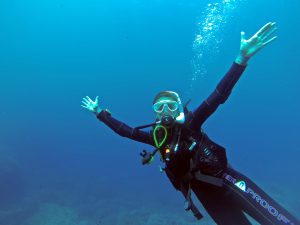
It was originally invented by scientists at DuPont who created this compound and altered it after many tests and experiments this new creation is used in industries such as engineering, fashion, home wares, entertainment, aquatics and many other industries.
Types of Neoprene
Fabrics
Jersey, Polyester, Nylon and Lycra are some examples of fabrics that are either laminated on to Neoprene or combined to create a different dimension to neoprene. This gives an added extra to neoprene eg. Polyester neoprene can come in a range of bright colours due to the ultraviolet ability of polyester, ensuring the colours are bright and don’t fade.
Fashion uses for neoprene have been increasing over the years due to the different types being created for structure and another dimension on the catwalks. As Elle stated in the summer 2014 edition neoprene fashion accessories and outfits were very popular.
The properties of Neoprene being a foam and fabric combined has appealed to many within the fashion industry to make sportswear and other types of industries more fashionable and updated.
Neoprene Foams
They’re different foam thickness’s and types created for different finishes and applications such as:
Fire retardant neoprene- Is designed to be used for internal furnishing and soft furnishing in care homes or any interior environment to protect against fire damages.
Waterproof neoprene- some waterproof foams are denser than others to protect from the water depending on the depth of water such as diving suits. Other waterproof foams can be used for surfing and light water sports where the amount of water touching the fabric is small.
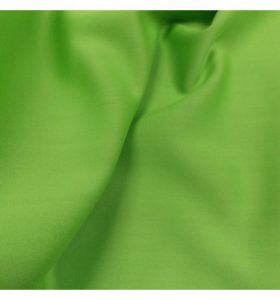
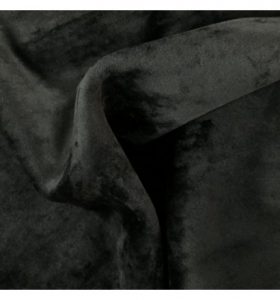
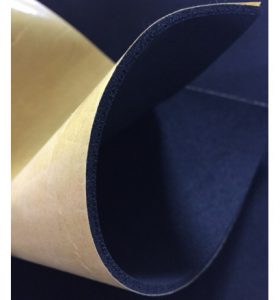
Applications
Neoprene can be used for many different applications ranging from fashion and accessories to diving equipment and industrial usage.
Fashion & textiles- The structure of neoprene as a 3mm or 6mm fabric can create some great curves and structures other fashion fabrics have not been able to do the weight and density of the fabric allows the designer to create new shapes and forms. Also polyester neoprene can come in a variety of colours giving it
Soft Furnishing- Neoprene can be found on seating as foam on chairs and stool tops. Wheelchair seats will also have neoprene as it will create a denser cushioning that doesn’t wear way too fast but neoprene is also used for orthopaedic cushioning at clinics due to the dense foam forming a particular way.
Water sports-Neoprene with added stretch qualities is usually used for diving or any surface water sports such as surfing, triathlon, kayaking and other light water sports. A denser grade of neoprene can also be found in deep sea diving this is also called dry neoprene.
Sportswear- Thinner neoprene laminated on lycra with a lightweight feel is used for other dry sports and sporting accessories and equipment giving you the comfort and stretchy breathable fabric two in one.
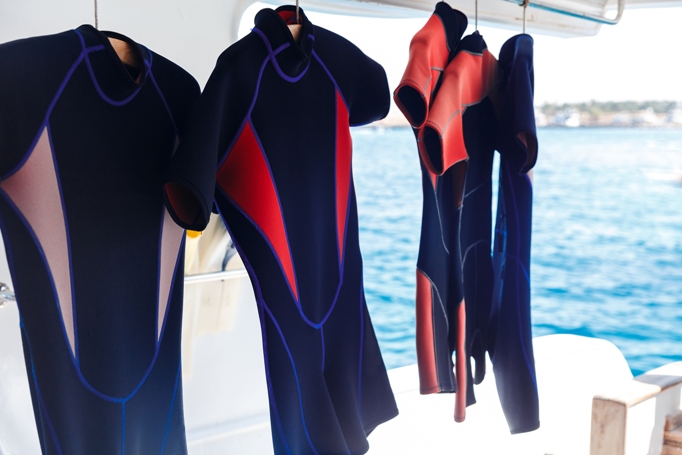
Conclusion
Neoprene can be used with a combination of different formulas to create the fabric for a specific application and end result. The variety of neoprene you can find on the market is vast giving you different options that will create the look and feel you desire but also more importantly the benefits and properties of neoprene is advancing all the time.